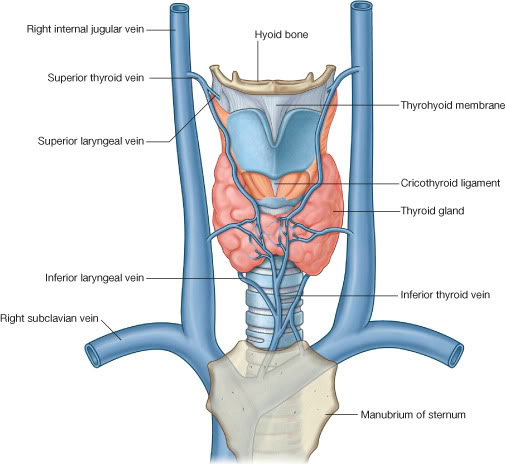Thyrotoxicosis Vs Hyperthyroidism
Thyrotoxicosis refers to the biochemical and physiological manifestations of excessive thyroid hormone.
Hyperthyroidism is a term reserved for disorders that result in the over production of hormone by the thyroid gland. Thyrotoxicosis need not be due to hyperthyroidism.
Causes of hyperthyroidism
Grave's disease
Jod - Basedow's disease
Toxic nodular goiter
Toxic adenoma
Causes of thyrotoxicosis without hyperthyroidism
Subacute thyroiditis
Ectopic functioning thyroid tissue
Struma ovarii
Postpartum thyroiditis
Silent thyroiditis
Metastatic follicular carcinoma
Trophoblastic tumors
Hyperthyroidism is a term reserved for disorders that result in the over production of hormone by the thyroid gland. Thyrotoxicosis need not be due to hyperthyroidism.
Causes of hyperthyroidism
Grave's disease
Jod - Basedow's disease
Toxic nodular goiter
Toxic adenoma
Causes of thyrotoxicosis without hyperthyroidism
Subacute thyroiditis
Ectopic functioning thyroid tissue
Struma ovarii
Postpartum thyroiditis
Silent thyroiditis
Metastatic follicular carcinoma
Trophoblastic tumors









